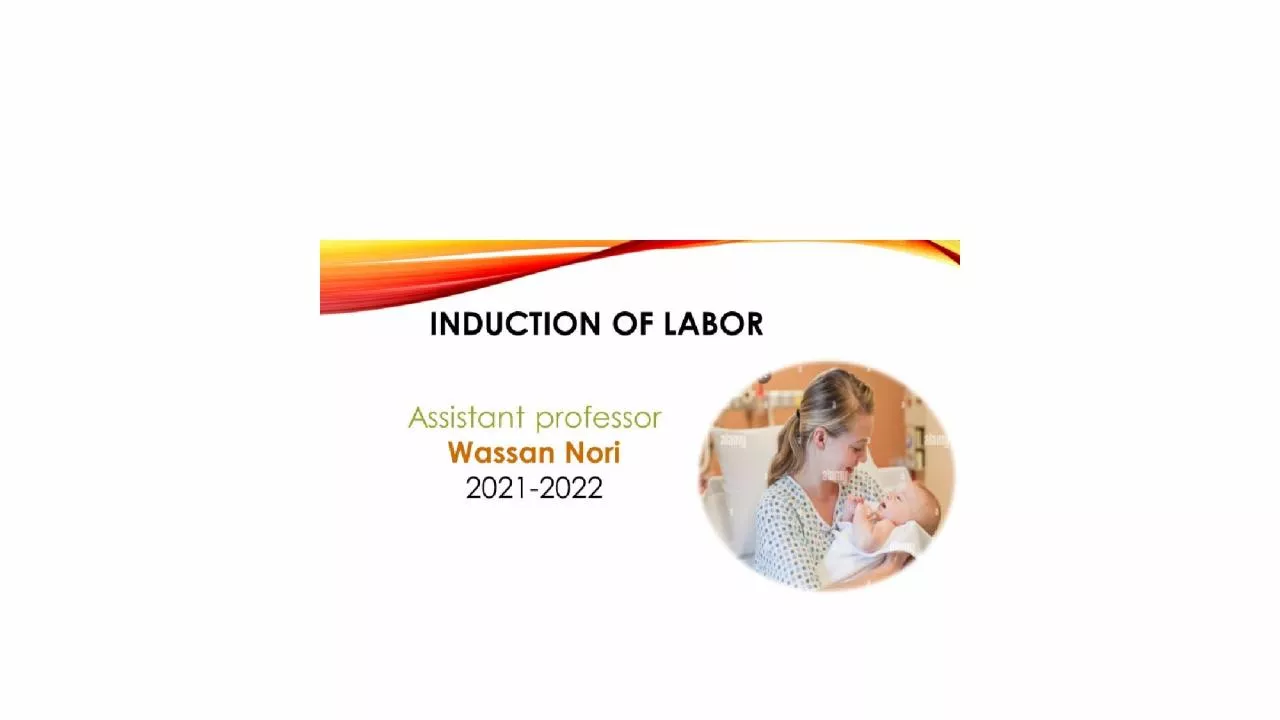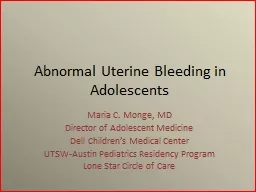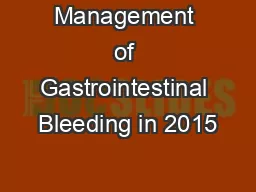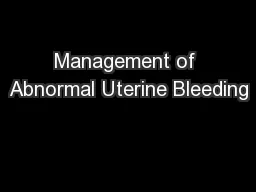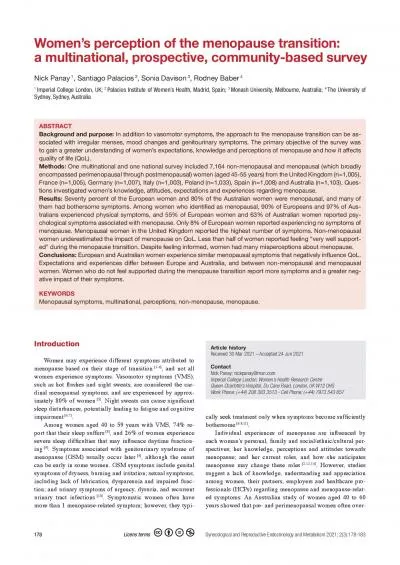PPT-Post-menopausal bleeding
Author : elysha | Published Date : 2024-03-13
Assistant professor Wassan Nori 20222023 Causes of PMB Management History Examination Blood work Ultrasound examination Endomaterial sampling andor hysteroscopy
Presentation Embed Code
Download Presentation
Download Presentation The PPT/PDF document "Post-menopausal bleeding" is the property of its rightful owner. Permission is granted to download and print the materials on this website for personal, non-commercial use only, and to display it on your personal computer provided you do not modify the materials and that you retain all copyright notices contained in the materials. By downloading content from our website, you accept the terms of this agreement.
Post-menopausal bleeding: Transcript
Download Rules Of Document
"Post-menopausal bleeding"The content belongs to its owner. You may download and print it for personal use, without modification, and keep all copyright notices. By downloading, you agree to these terms.
Related Documents

